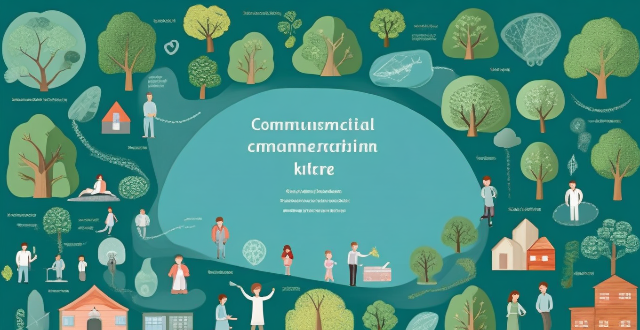Satellite communication is essential for connecting remote areas with services and information. Benefits include wide coverage, high availability, and flexibility. Applications in education, healthcare, disaster response, agriculture, connectivity, and environmental monitoring improve quality of life and access to resources.

Satellite Communication in Remote Areas
Satellite communication has become an essential tool for connecting people and providing services in remote areas where traditional communication infrastructure is not available. In this article, we will discuss how satellite communication can be used in remote areas to improve connectivity and access to information.
Benefits of Satellite Communication in Remote Areas
- Wide Coverage Area: Satellite communication can cover large geographic areas, including mountainous regions, deserts, and other hard-to-reach locations.
- High Availability: Satellite signals are available 24/7, ensuring constant connectivity even during extreme weather conditions or natural disasters.
- Flexibility: Satellite communication systems can be easily deployed and relocated as needed, making them ideal for temporary setups or emergency situations.
Key Applications of Satellite Communication in Remote Areas
Education
- Distance Learning Programs: Satellite communication allows students in remote areas to participate in online courses and educational programs from anywhere with an internet connection.
- Teacher Training: Teachers in remote areas can receive professional development training via satellite links, improving the quality of education provided to students.
Healthcare
- Telemedicine Services: Satellite communication enables healthcare professionals to provide remote consultations, diagnoses, and treatments for patients living in isolated communities.
- Medical Information Exchange: Healthcare providers can share patient records and medical data securely using satellite links, ensuring timely and accurate care.
Disaster Response and Recovery
- Emergency Communications: During natural disasters or crises, satellite phones and internet services provide critical communication channels for rescue teams and affected individuals.
- Damage Assessment: Satellite imagery can be used to assess the extent of damage caused by disasters, aiding in the planning of recovery efforts.
Agriculture
- Precision Farming: Farmers in remote areas can use satellite data to monitor crop health, soil moisture levels, and weather patterns, enabling more efficient farming practices.
- Market Access: Satellite communication allows farmers to connect with global markets, increasing their potential profits and reducing food waste through improved logistics.
Connectivity and Internet Access
- Broadband Internet: Satellite internet provides high-speed internet access to remote communities, enabling residents to stay connected with the world.
- Social Networking: Social media platforms and messaging apps rely on satellite communication to facilitate real-time communication across vast distances.
Environmental Monitoring
- Wildlife Tracking: Satellite tags attached to wildlife allow researchers to track their movements and habitats, aiding in conservation efforts.
- Climate Change Studies: Scientists use satellite data to study changes in climate patterns, helping to predict future environmental challenges.
Conclusion
Satellite communication plays a vital role in connecting people living in remote areas with the rest of the world. Its wide coverage area, high availability, and flexibility make it an essential tool for improving education, healthcare, disaster response, agriculture, connectivity, and environmental monitoring in these regions. As technology continues to advance, satellite communication will remain a crucial component of our global infrastructure, ensuring that no one is left behind in the digital age.